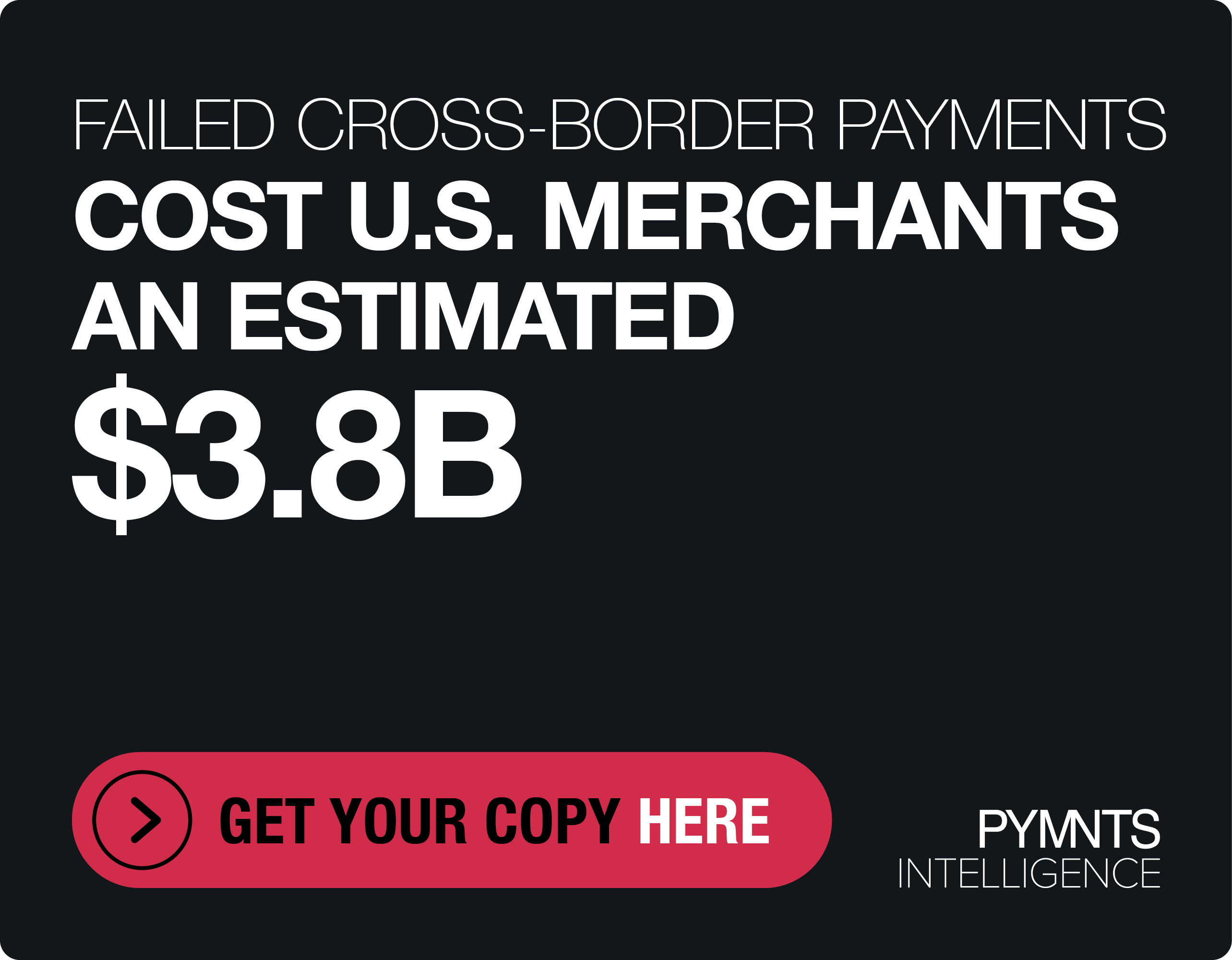‘Uncertainty, Doubt And Confusion:’ EMV’s 6-Month Pulse

“Uncertainty, doubt and confusion” is how Vantiv Head of Developer Integrations Matt Ozvat describes how merchants view EMV at the six-month mile marker. Karen Webster caught up with Ozvat to get his view on the state of play on EMV today and how that is influencing merchants and their POS decisions. What he described might surprise you.
Much has been made about the United States’ transition to EMV, which, post the Oct. 2015 deadline that saw a flurry of activity by U.S. merchants amid the liability shift, still is a work in progress.
For smaller merchants across a variety of verticals, the transition itself presents some knotty problems. The balance between embracing EMV, navigating the costs involved and also deploying resources toward building out a robust customer experience can be a tough tightrope to walk.
In the wake of last month’s Innovation Project panel discussion, MPD CEO Karen Webster followed up with Matt Ozvat, who heads developer integrations at payments processing firm Vantiv, to delve into the issues most pressing to merchants as they continue to embrace — or, alternatively, consider not embracing — EMV.
Now that the transition is official, Ozvat noted, firms are racked by “uncertainty and doubt and confusion” over what their liabilities are in the wake of the liability shift, especially as chargebacks loom should EMV not be set in place. By way of example, a several-thousand-dollar chargeback tied to, say, a Durango mountain bike can have far-reaching financial impacts. The key challenge, he added, is that firms are working constantly with a “moving target,” while they expected “to innovate on top of” EMV shifts, even as priorities demand that regulatory compliance be top of mind.
All of this, Ozvat continued, leads to what might be viewed as “a cultural ADHD,” where there are innovations to be had across all verticals, from retail to restaurants and beyond.
What keeps firms from a wholesale embrace of EMV? Webster posited that some SMBs may view themselves as being “too small to matter” to conform to the liability shift, or conversely, if they do indeed move toward adoption, they may view EMV as “a box that needs to be checked,” rather than as a springboard to more efficient management at the point of sale.
Against that backdrop, Ozvat stated, the mindset of any firm should be geared toward promoting “as amazing a customer experience as possible … to keep customers coming back,” and yet, the push towards true payments innovation (and implied customer stickiness) remains somewhat secondary, even as merchants and acquirers work with new payments schemes that include Apple Pay, Samsung Pay, NFC and other mobile conduits.
Firms tend to fall into two buckets: merchants that are focused on EMV and those that are focused on not transitioning to EMV — holding off to see how the landscape shakes out here — while keeping an eye on innovation.
Looking down the road, beyond the immediate concerns about EMV and compliance and chargebacks, Ozvat stated that the continued trend toward card-not-present transactions may give rise to virtual reality (a key innovation project among developers, Vantiv included), where consumers can “see” and explore products through virtual brick-and-mortar locations, with renewed focus on eCommerce.
That focus on eCommerce on the consumer side, of course, is likely to lead merchants to embrace digital innovation in an effort to help deal with, and possibly innovate in the face of, constant monitoring of security and compliance, which hinges on faster, simpler and easier use of technology to promote a better customer experience (and more use) online.
“At the end of the day, the business of payments is about risk,” said Webster, with businesses juggling compliance, security and customer relationships. But, for developers at labs such as those housed within Vantiv, said Ozvat, the ultimate goal, especially as transactions move online, is to have downstream customers have fewer “fingers in the compliance cookie jar” so that they can build technology around other areas of payments and integrate several parts of the payments process.
From Vantiv’s point of view, said Ozvat, the trend is one where firms will be shifting off of EMV to gain a boost around eCommerce and card-not-present transactions.
